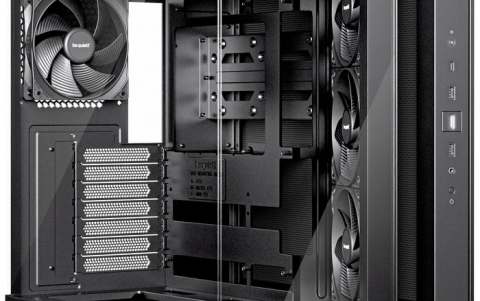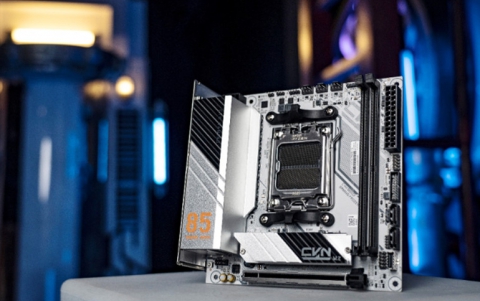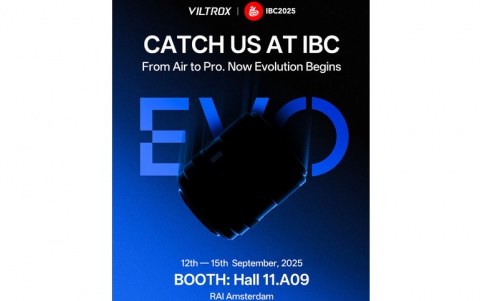VideoCD Format
11. Structure of VCD
Techical Specification: Structure of VCD - Page 11
Source ( VideoPack 4 Manual)
The logical structure of the Video CD is destined to allow access by track playing mechanisms of low-priced consumer players, by computer systems and CD-i players too. The first track on the disc is the Video CD Data track. File structure conforms to ISO 9660 allowing access for computer-based platforms. To support access to information of this data track by simple consumer players too, information areas for track playing mechanisms have to be at a fixed absolute location on the CD. The track starts with a two second pregap and 16 empty sectors at time code position 00:02:16 (MM:SS:FF).
At this point the PVD (Primary Volume Descriptor) begins that contains basic information about the disc such as the address of the root directory, the path table and the CD-i directory (the path table is an index to the file structure containing the addresses of the subdirectories. The purpose is to improve the performance of file access). At a fixed time code address optionally a Karaoke Basic Information Area (00:03:00)is positioned followed by the Video CD Information Area (00:04:00). The Karaoke Basic Information Area is used to store fonts, texts and access information for Karaoke CDs only.
The Video CD Information Area contains the mandatory files 'INFO.VCD' and 'ENTRIES.VCD'. INFO.VCD gives general information about the system, for example to what specification version the disc conforms, what picture size - PAL (352x288) and NTSC (352x240) - is used, if there is a special file for Karaoke, if there is special area, called Segment Play item Area (see below) on the disc, etc. ENTRIES. VCD contains a list of starting positions in the MPEG-Audio-Video tracks. On one disc there can be up to 500 entry points of addresses allowing direct access to parts of video sequences.
This area may optionally contain two more files called 'LOT.VCD' and 'PSD.VCD'; PSD stands for 'Play Sequence Descriptor', LOT for 'List ID Offset Table'. Both files contain control elements for preprogrammed interactive applications. These basic elements are a play list and a selection list, one giving a list of sequences or parts of sequences that have to be interpreted, the other describing the links and the ways to access audio or video sequences and still pictures.
The information of these files is interpreted by consumer players, the appropriate files for CD-i and computer platform contain extended selection lists. These files are called PSD_X.VCD and LOT_X.VCD. There have to be more information for these platforms to support direct access with a pointing device via buttons and highlighted areas. These files are in a folder named EXT. Additional information for the CD-i player is stored in a folder named CDI.
A folder named MPEGAV contains files with the MPEG-Audio-Video tracks. If there are any Red-Book-Tracks on the discs there has to be a folder named CDDA containing the audio files. Following Video CD specification version 2.0 not only MPEG-tracks may contain MPEG video and audio, the standard allows to store additional video, audio and still videos in a special segment of the Video CD data track (track #1).
This area is called Segment Play item Area, because the Pplay items are stored in fixed segments, accessible for players with track playing mechanisms. The length of each segment measures 150 sectors. A maximum of 1980 segments is allowed on one CD, each segment has a number starting with 1. If there is such an area on the disc there has to be an folder called SEGMENT with the files of the Segment Play items.
The file system on a Video CD 2.0 conforms to ISO 9660 standard. ISO 9660 standard specifies an hierarchical file system similar to the file system of DOS. The standard has 3 interchange levels, but in general when talking about ISO-9960 discs interchange level 1 is focused. This means that not more than 8 directory levels are allowed for depth, and only capital letters 'A' to 'Z', numerical '0' to '9' and the underscore character '_' its allowed to name files and directories.
Files names consist of at least 1 up to 8 characters and an optional extension of up 3 characters added behind a dot '.'. Directory names cannot have an extension. ISO 9660 Interchange level 2 and level 3 are allowing more freedom in naming files, but level 1 is an industrial standard supported by software drivers and many computer systems. This standard stands for interchangeability between different platforms. Non-ISO disc conform to proprietary standards of operating systems, for example Apples Hierarchical File System (HFS).













